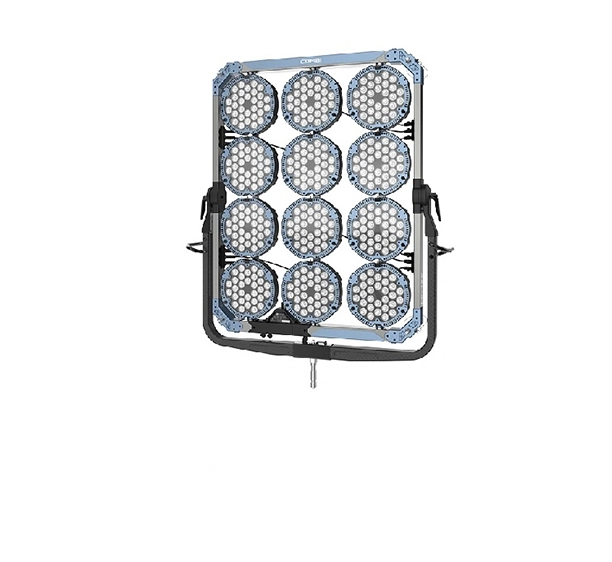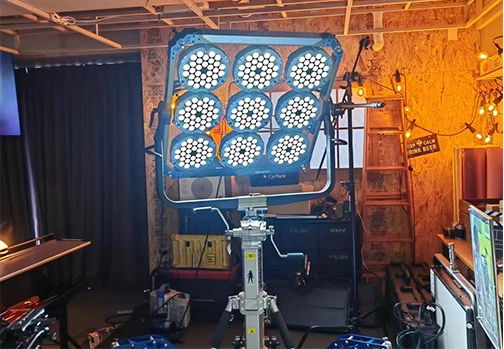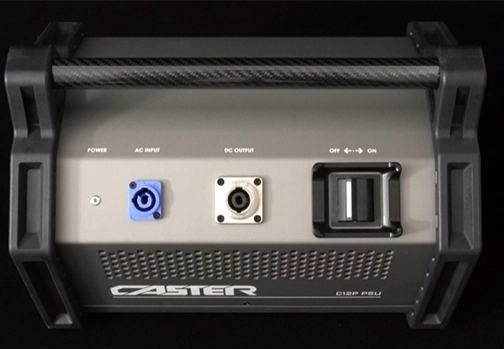When it comes to creating stunning visuals in film and video production, lighting plays a critical role. Whether shooting in a studio or on location, the right lighting can significantly impact the mood, tone, and overall quality of a scene.
In location shoots, cinematographers face the challenge of working with varying natural light conditions, as well as navigating logistical constraints such as limited power sources and space. This is where the use of a cinematography lighting simulator can be a game-changer.
The Importance of Cinematography Lighting in Location Shoots
In location shoots, cinematographers often have to work with the available natural light and supplement it with artificial lighting to achieve their desired look. Proper lighting not only illuminates the scene but also helps to create depth, contrast, and visual interest.
Without proper lighting, scenes can appear flat, lack dimension, or even appear amateurish. By mastering the art of lighting, cinematographers can elevate their work and create visually compelling stories that engage and captivate viewers.
The Benefits of Using a Cinematography Lighting Simulator
One of the most valuable tools in a cinematographer's arsenal is a lighting simulator. By using a lighting simulator, cinematographers can experiment with different lighting setups, colors, and intensities before even stepping foot on set. This allows them to plan and prepare for a shoot more effectively, saving time and resources on the day of the shoot.
A cinematography lighting simulator can also help cinematographers communicate their vision to the rest of the crew, including the director, production designer, and gaffer. By providing a visual representation of the lighting setup, cinematographers can ensure that everyone is on the same page and working towards a cohesive vision.
Tips for Using a Cinematography Lighting Simulator on Location
When using a cinematography lighting simulator on location, there are several tips to keep in mind to maximize its effectiveness. First, take the time to familiarize yourself with the simulator and its features before using it on set. This will help you work more efficiently and make the most of the tool.
Second, consider the specific challenges of the location when simulating lighting setups. Factors such as available power sources, natural light conditions, and space constraints can all impact your lighting choices. By taking these factors into account, you can create more realistic simulations that will better prepare you for the shoot.
Finally, don't be afraid to experiment and try out different lighting setups in the simulator. The beauty of a lighting simulator is that you can easily make adjustments and see the results in real-time. By testing out different options, you can find the perfect lighting setup that enhances your scene and brings your vision to life.
In conclusion, mastering cinematography lighting simulation in location shoots can significantly improve the quality and efficiency of your work as a cinematographer. By using a lighting simulator, you can plan, prepare, and execute your lighting setups with precision and creativity, ultimately creating visually stunning and impactful scenes that resonate with audiences.
Whether you're shooting a dramatic narrative film, a commercial spot, or a documentary, the right lighting can make all the difference in bringing your story to life. Invest in a cinematography lighting simulator and see how it can take your location shoots to the next level.
 English
English 日本語
日本語 한국어
한국어 Español
Español italiano
italiano العربية
العربية






